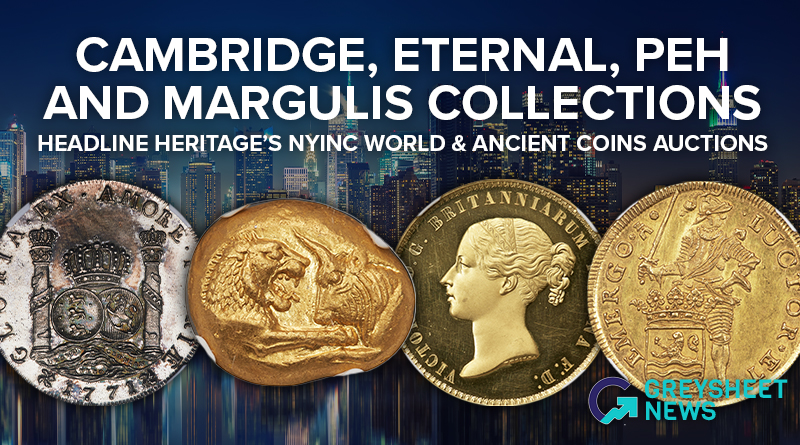Greysheet & CPG® PRICE GUIDE
- World Coins /
- Canada /
-
1979 Small Cents1979 Small Cents Coin Values
Year
Sort by
About This Series
Canada Small Cents for Collectors
Canada has a long history of producing small cents, which makes them popular among collectors. The small cents were first introduced in 1920, replacing the larger penny. Since then, there have been many changes to the design and composition of the small cents, which makes collecting them an exciting and rewarding hobby.
Design Changes
The design of the small cents has changed several times over the years. From 1920 to 1936, the small cents featured a wreath on the reverse side. From 1937 to 1952, the design featured a maple leaf. In 1953, the design was changed to feature a young Queen Elizabeth II on the obverse side, which is still used today. The reverse design has also changed several times since then, featuring different images of the maple leaf or other Canadian symbols.
Composition Changes
The composition of the small cents has also changed over time. From 1920 to 1942, the small cents were made of 95% copper and 5% tin and zinc. From 1942 to 1952, the small cents were made of 98% copper and 2% zinc, due to a shortage of tin during World War II. From 1953 to 1996, the small cents were made of 98% copper and 2% nickel. In 1997, the composition was changed to 94% steel, 1.5% nickel, and 4.5% copper, which is still used today.
Collecting Small Cents
Collecting small cents can be a fun and rewarding hobby. There are many different ways to collect them, such as by year, by design, or by composition. Some collectors may choose to collect a complete set of small cents, while others may focus on specific years or designs. The value of small cents can vary depending on their rarity and condition, so it is important to do research before purchasing or selling them.
In conclusion, Canada small cents are a popular item for collectors due to their long history and ever-changing designs and compositions. Collecting them can be a fun and rewarding hobby, and there are many different ways to approach it.
Catalog Detail
Legal Disclaimer
The prices listed in our database are intended to be used as an indication only. Users are strongly encouraged to seek multiple sources of pricing before making a final determination of value. CDN Publishing is not responsible for typographical or database-related errors. Your use of this site indicates full acceptance of these terms.
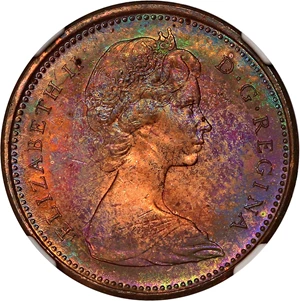






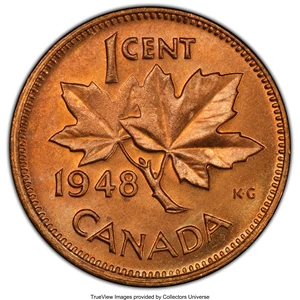
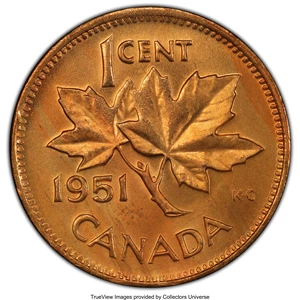



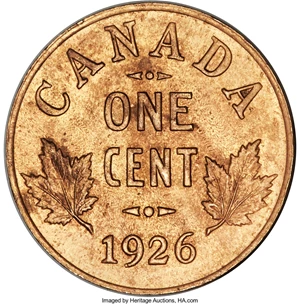





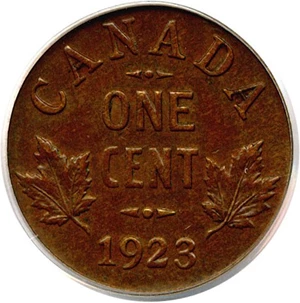
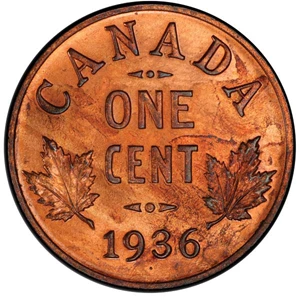
| Small Cents (1920–) | Value Range | Favorite | |||
|---|---|---|---|---|---|
| Small Cents (1920–) | Value Range | ||||
|
-
|
||||
From the Greysheet Marketplace
Auction Ends: 12/30/2025
Auction Ends: 12/30/2025
Auction Ends: 12/30/2025
Auction Ends: 12/30/2025
Auction Ends: 12/30/2025
Auction Ends: 12/30/2025
Auction Ends: 12/30/2025
Auction Ends: 12/30/2025
Auction Ends: 12/30/2025
Auction Ends: 12/30/2025
Related Stories (powered by Greysheet News)
View all news
Greysheet Catalog Details
Canada Small Cents for Collectors
Canada has a long history of producing small cents, which makes them popular among collectors. The small cents were first introduced in 1920, replacing the larger penny. Since then, there have been many changes to the design and composition of the small cents, which makes collecting them an exciting and rewarding hobby.
Design Changes
The design of the small cents has changed several times over the years. From 1920 to 1936, the small cents featured a wreath on the reverse side. From 1937 to 1952, the design featured a maple leaf. In 1953, the design was changed to feature a young Queen Elizabeth II on the obverse side, which is still used today. The reverse design has also changed several times since then, featuring different images of the maple leaf or other Canadian symbols.
Composition Changes
The composition of the small cents has also changed over time. From 1920 to 1942, the small cents were made of 95% copper and 5% tin and zinc. From 1942 to 1952, the small cents were made of 98% copper and 2% zinc, due to a shortage of tin during World War II. From 1953 to 1996, the small cents were made of 98% copper and 2% nickel. In 1997, the composition was changed to 94% steel, 1.5% nickel, and 4.5% copper, which is still used today.
Collecting Small Cents
Collecting small cents can be a fun and rewarding hobby. There are many different ways to collect them, such as by year, by design, or by composition. Some collectors may choose to collect a complete set of small cents, while others may focus on specific years or designs. The value of small cents can vary depending on their rarity and condition, so it is important to do research before purchasing or selling them.
In conclusion, Canada small cents are a popular item for collectors due to their long history and ever-changing designs and compositions. Collecting them can be a fun and rewarding hobby, and there are many different ways to approach it.
Catalog Detail
Legal Disclaimer
The prices listed in our database are intended to be used as an indication only. Users are strongly encouraged to seek multiple sources of pricing before making a final determination of value. CDN Publishing is not responsible for typographical or database-related errors. Your use of this site indicates full acceptance of these terms.










 Loading more ...
Loading more ...









